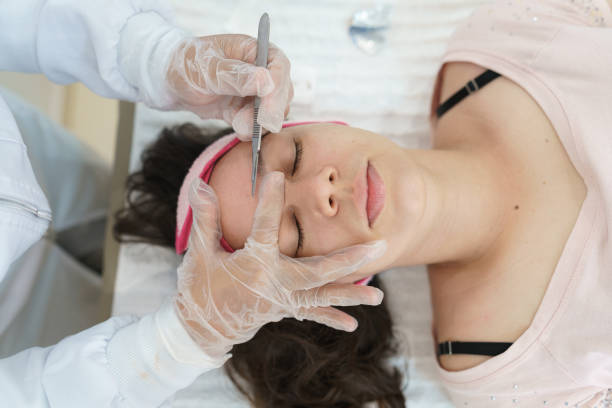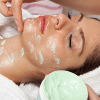Dermaplaning, a popular skincare technique, has gained significant attention for its promise of smoother, glowing skin. It involves a safe and non-invasive exfoliation process that effectively removes dead skin cells and peach fuzz from the face. This article aims to delve into the effectiveness of dermaplaning, exploring its procedure, benefits, safety considerations, and more.
How Does Dermaplaning Work?
The process of dermaplaning primarily employs a sterile surgical scalpel to gently scrape off the surface layer of dead skin cells and fine vellus hair. This technique aims to rejuvenate the skin, resulting in a more radiant complexion. The tools used in dermaplaning are specifically designed to ensure precision and safety during the procedure.
Benefits of Dermaplaning
One of the key advantages of dermaplaning is its ability to exfoliate the skin deeply, promoting cell turnover and revealing fresher skin underneath. Moreover, the removal of vellus hair allows for smoother makeup application and enhanced product absorption, leading to a more even skin texture.
Is Dermaplaning Safe for All Skin Types?
While dermaplaning is generally safe for most skin types, individuals with certain conditions like active acne or sensitive skin might need to exercise caution. Consulting a skincare professional before undergoing the procedure is crucial to ensure suitability and minimize potential risks.
Effectiveness of Dermaplaning
Dermaplaning often provides immediate results, with individuals experiencing a visibly smoother and brighter complexion after a single session. However, consistent sessions are recommended for long-term benefits, such as improved skin texture and diminished appearance of fine lines.
Dermaplaning vs. Other Skincare Techniques
When compared to other exfoliation methods like chemical peels or microdermabrasion, dermaplaning stands out for its gentle yet effective approach. Unlike some harsher treatments, dermaplaning typically does not involve chemicals, making it suitable for sensitive skin types.
Preparing for a Dermaplaning Session
Before a dermaplaning session, it’s essential to follow a pre-session skincare routine recommended by the practitioner. During the procedure, individuals may experience a slight tingling sensation, but it is generally painless and well-tolerated.
Aftercare and Maintenance
Post-dermaplaning, maintaining a proper skincare routine is vital. This includes avoiding direct sun exposure and using sunscreen regularly. The frequency of dermaplaning sessions varies for each individual, typically ranging from every three to four weeks.
Common Misconceptions About Dermaplaning
There are several myths surrounding dermaplaning, such as the belief that the hair will grow back thicker post-treatment. However, dermaplaning does not alter the hair’s texture or color, and the regrowth remains the same as before the procedure.
Possible Side Effects of Dermaplaning
Temporary side effects of dermaplaning may include redness or slight sensitivity, which usually subsides within a day or two. Proper post-treatment care can help alleviate these effects.
Consultation with a Professional
Seeking guidance from a certified skincare professional or dermatologist is highly recommended before opting for dermaplaning. Asking relevant questions about the procedure and understanding individual skin needs is essential for a successful session.
Customer Experiences and Testimonials
Many individuals have reported positive experiences with dermaplaning, praising its effectiveness in improving skin texture and radiance. However, results may vary based on skin types and individual responses.
Dermaplaning as Part of a Skincare Routine
Integrating dermaplaning into a comprehensive skincare routine can enhance its benefits. Pairing it with suitable skincare products and treatments can further optimize skin health.
Is dermaplaning painful?
Dermaplaning is typically painless and well-tolerated by most individuals.
Can dermaplaning cause skin irritation?
While rare, temporary redness or sensitivity might occur post-treatment, but it usually resolves quickly.
How often should one get dermaplaning done?
The frequency of sessions varies, but it is commonly recommended every three to four weeks for optimal results.
Is dermaplaning suitable for all skin types?
While generally safe for most, individuals with certain skin conditions should consult a professional before undergoing dermaplaning.
Conclusion
Dermaplaning offers a promising solution for achieving smoother and rejuvenated skin. Understanding its procedure, benefits, and aftercare measures empowers individuals to make informed decisions regarding their skincare routines.
 5 6 1 . 8 1 0 . 0 5 5 5
5 6 1 . 8 1 0 . 0 5 5 5 








